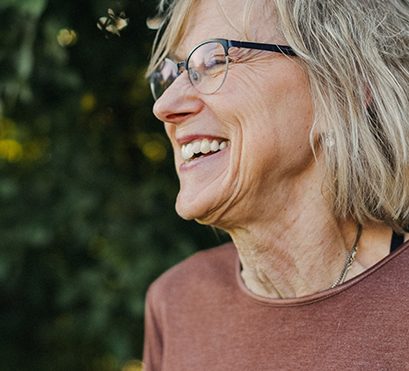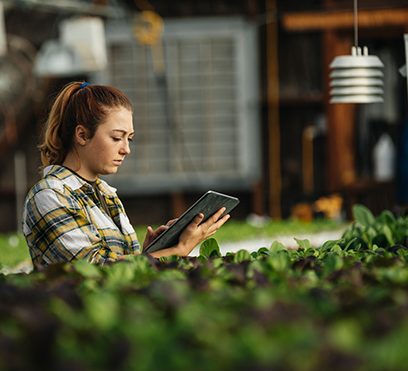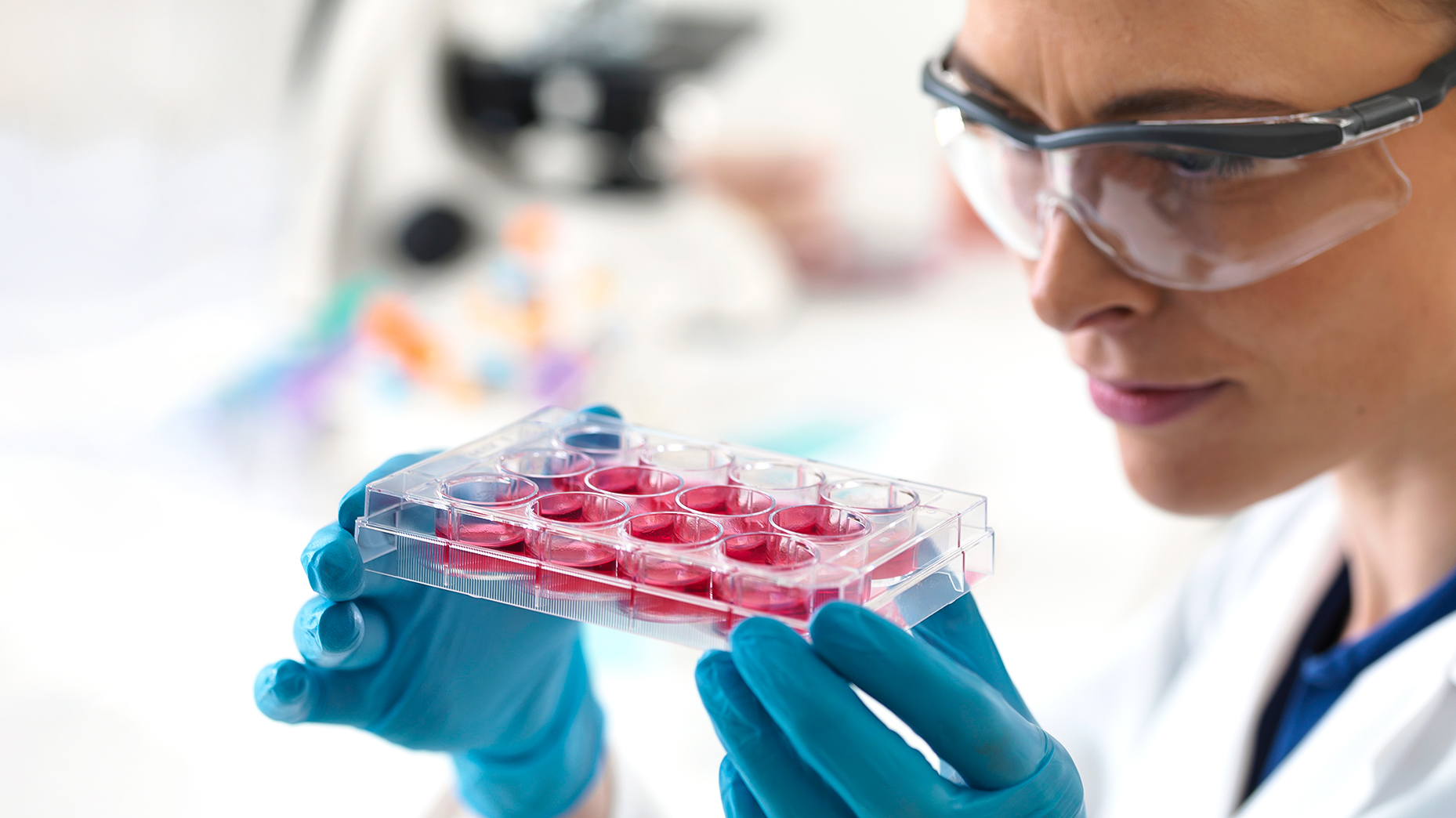Improving human health has been central to the Novo Nordisk Foundation since the beginning. A century on, it remains a key part of our work, evolving as we respond to scientific advances and changing needs around the world.
Most recently, we’ve started supporting research and innovation in regenerative medicine, which works to establish or restore normal function to damaged cells, tissues, or organs. We’ve therefore decided to make advancing and applying regenerative medicine, specifically stem-cell based therapies, an explicit part of our strategy – a sub-theme under “health”.
We’ve also changed the way we describe our work in infectious diseases, moving away from a focus on pandemics to a broader perspective.
In this interview, CEO Mads Krogsgaard Thomsen talks about the motivation for the changes.
Why is regenerative medicine now a sub-theme in the Foundation’s strategy?
Regenerative medicine is not new to the Foundation, but we have increased our focus on this area over the last few years. It’s therefore a natural evolution to make it an explicit part of our strategy.
Here in Denmark, we’ve seen the environment for stem cell research grow in maturity, from being mostly basic research and exciting publications to something that has potential to cure people with chronic diseases such as Parkinson’s disease, heart failure, diabetes, and Severe Combined Immunodeficiency (SCID or “bubble baby” disease).
But for this potential to be realised, funding is needed. And it’s not often that you see other foundations give grants in this area, because it’s pricey, it’s long term, and it’s risky. We are the ones that can take risky, long-term bets if they might cure disease.
If this works, 10 years from now, we may be able to cure Parkinson’s disease, or give people with heart failure a decade or more of life after diagnosis, instead of three or four.
What is the Foundation already doing in this area and what are the future plans?
We started in 2011 by setting up and funding DanStem, an international research centre at the University of Copenhagen addressing fundamental questions in stem cell and developmental biology. Ten years later, we launched an international partnership between institutions in Denmark, the Netherlands and Australia to do groundbreaking stem cell research and translational science – the Novo Nordisk Foundation Center for Stem Cell Medicine, or reNEW. The scientists there are already taking two therapies – one for Parkinson’s and one for SCID – into clinical trials.
More recently, we realised that, for the environment to flourish, we need a facility that can manufacture cell therapies at scale and to the required safety standards – so we set up the Novo Nordisk Foundation Cellerator to do just that.
It’s also exciting that several companies in the stem cell area have been spun out from the BioInnovation Institute, itself a spin-out of the Foundation.
So we’re really supporting the whole process, from basic research to the clinic. And there will be more grants to come. One area we’re looking at is how to support education and training here in Denmark, on both the biology and the engineering sides.
There used to be two sub-themes related to cardiometabolic diseases, and now there’s just one. Does this mean the Foundation will give fewer grants in this area?
Not at all. We are investing just as much as we always have – if not more – to help improve the lives of people with cardiometabolic diseases, the world’s biggest killer. All we’ve done is put prevention, diagnosis, and treatment under the same heading, rather than splitting them up, and this makes good sense, as they are all connected.
The Foundation now talks less about preparing for pandemics and more about endemic diseases. Why this change?
Pandemics were on all our minds when we created the strategy in 2021. But, actually, they are rather rare. In the years between pandemics, it’s other diseases that kill people, many of which are endemic (constantly present in certain regions).
Some of these, such as influenza, have pandemic potential, and we’re continuing to help the world prepare for such events through the Pandemic Antiviral Discovery initiative, together with the Gates Foundation and Open Philanthropy.
Another example is TB, which won’t reach pandemic proportions, but still takes the lives of 1.6 million people every year and is on the rise. It’s one of the pathogens we’ll focus on at the Novo Nordisk Foundation Initiative for Vaccines and Immunity, together with the University of Copenhagen and Statens Serum Institut, where the aim is to develop knowledge and vaccines that can help us prevent infection and spread of respiratory diseases.
Where does “reducing health inequity” fit in?
Unfortunately, there’s hardly any health topic where inequity isn’t an issue. Here in Denmark, we see that people with fewer resources are more likely to develop cardiometabolic diseases, while in lower-income countries, people with the fewest resources are more likely to die from an infectious disease or suffer drug resistance.
It extends even further too. If you’re a girl in some countries, you may not have the chance to go to school and eat a nutritious meal every day funded by us or others, and you’ll be less able to fight off TB or malaria.
We therefore make sure that reducing health inequity is embedded in the way we think and work in many of our projects and initiatives – not just in the health area, but across our humanitarian and food systems work too.









